2025 Vauxhall Mokka GSE Review: Decent, But It Has One Big Problem

Pros
- Positive chassis changesDecent value for money
Cons
- Not fun enoughStellantis stablemates do the recipe better
At the risk of sounding like an old man yelling at a cloud, remember when hot Vauxhalls were very much a thing? Rarely sophisticated, but often hilarious. Be it rebadged Holdens like the Monaro or VXR8, a reengineered Lotus Elise in the form of the VX220 or homebrew asbo-appealing treats in the various Astra and Corsa VXRs, they were always tantalising if flawed things.
That all stopped when the Corsa VXR left production in 2019, leaving a visible void in Vauxhall’s line-up.
An attempt at revitalising that with a new GSE sub-brand came in 2022, but the result was a sub-standard and quite dull hybrid Astra that, while reasonably quick, never came close to feeling exciting. See also the Grandland GSE, a car we like to forget existed.

As Vauxhall switches to sticking GSE badges exclusively on electric cars going forward, it’s hoping to rejig that, and on paper, it seems to have the right idea. Which brings us neatly to the Vauxhall Mokka GSE.
Yes, perhaps picking your run-of-the-mill generic crossover as a starting point for your first electric performance car is an odd choice, but that’s the way of the EV world.
At least the changes are pretty significant. For a start, it uses an identical powertrain to that deployed on the Mokka GSE eRally5 car (as well as Stellantis stablemates in the Abarth 600e and Alfa Romeo Junior Veloce). That sees a single front axle-mounted motor producing 277bhp and 254lb ft of torque, a healthy increase of 121bhp and 62lb ft over the standard electric Mokka.

Like the Abarth and Alfa, the Vauxhall also gets a Torsen limited-slip differential to help it manage that power, along with standard-fit Michelin Pilot Sport EV tyres. A model-specific suspension setup aims to stiffen things up, while Alcon-sourced four-piston callipers grip onto 380mm discs on the front axle. It retains the base car’s 268mm rear discs, however.
At the rear comes a new anti-roll bar, while rounding out the hardware changes is a quicker steering rack, designed to give a bit more feel to the Mokka. In case you’re the type of nerd who likes numbers on these things (Hello and welcome to the club), that’s a ratio of 14:5 compared with 16:2.
0-62mph comes in 5.9 seconds (quicker than any Corsa VXR managed, for some context) while a 124mph top speed makes it the fastest electric Vauxhall yet. Probably not the boldest of claims to make, but worthwhile mentioning nonetheless.
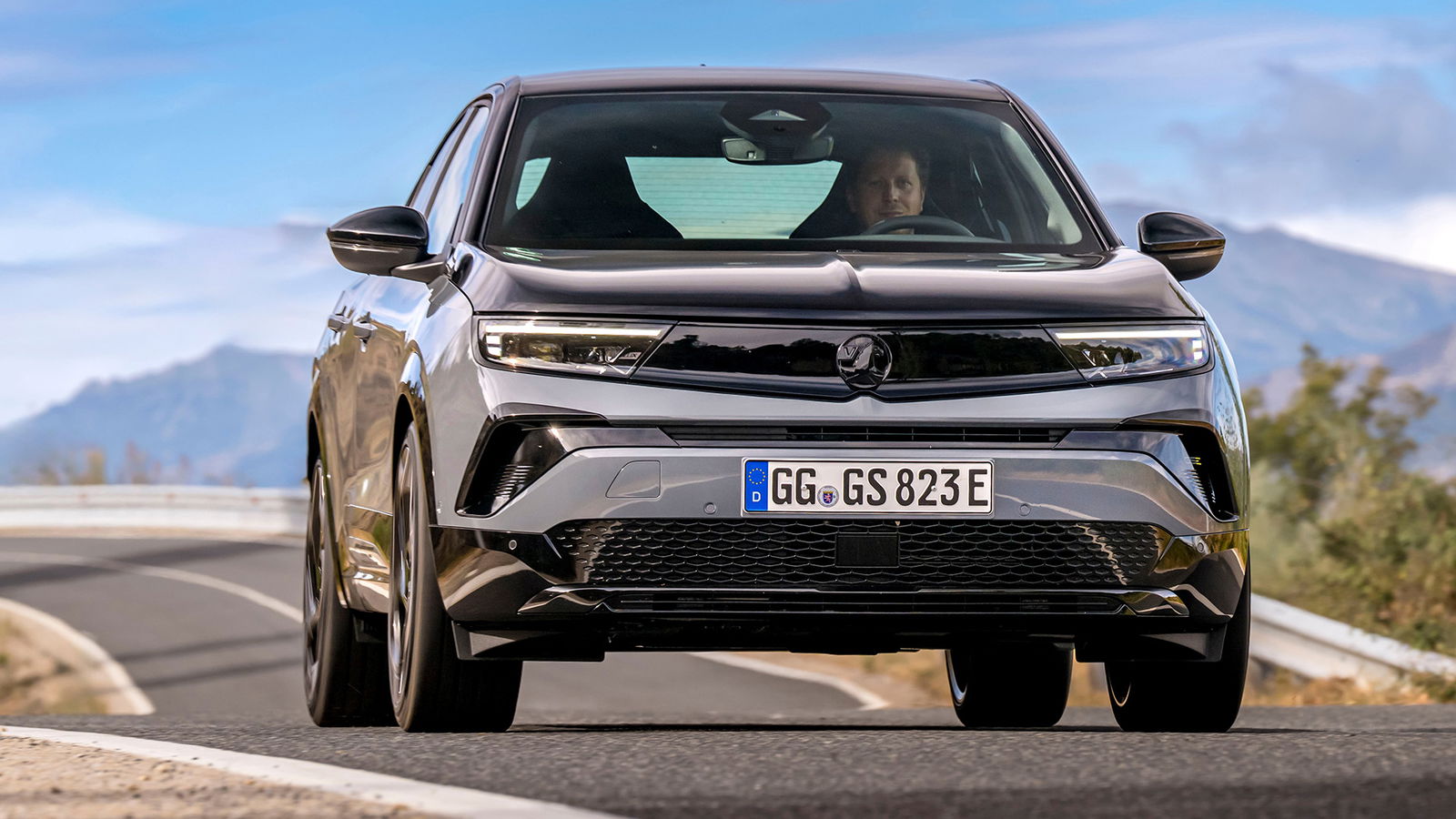
All pretty serious stuff, then. The end result? A decent effort, but one we’re not wholly convinced by.
We’ll start by paying a compliment to its handling. That quicker rack does make for a Mokka that feels quite pointy and pretty playful on its front end, and with a decent bit of weight to the steering as well. It’s a bit artificial-feeling, though, and doesn’t communicate a great deal from the road underneath directly to your fingertips. Better than most EVs, but not on par with, say, an Alpine A290.
Changes to the suspension and chassis do eliminate a lot of body roll, though. It feels reasonably well planted under hard cornering, and without riding overly stiff. It’s not buttery smooth, and bigger bumps in the road will send a gentle shudder through your backside, but it’s never awful.

There’s enough power to make good use of the chassis as well, and the combination of the LSD and Michelin rubber does a good job of eliminating understeer. It’s hard to truly expose it, though, as a result of intrusive and non-adjustable traction control, which is keen to cut in at the slightest threat of breaking traction.
Speaking of adjustability, there’s none of that when it comes to regenerative braking. We’ve come to expect ‘Sport’ modes on EVs to go fully aggressive on recuperation to emulate heavy engine braking, but the Mokka takes the opposite approach of doing away with it entirely and relying solely on its physical discs.
It helps that the new front brakes are good, although we’d like a slightly stiffer brake pedal. Without any sort of regeneration, though, it feels a little unnatural and disconnected, so we’re not sure this is the way forward for feeling ‘Sport’.
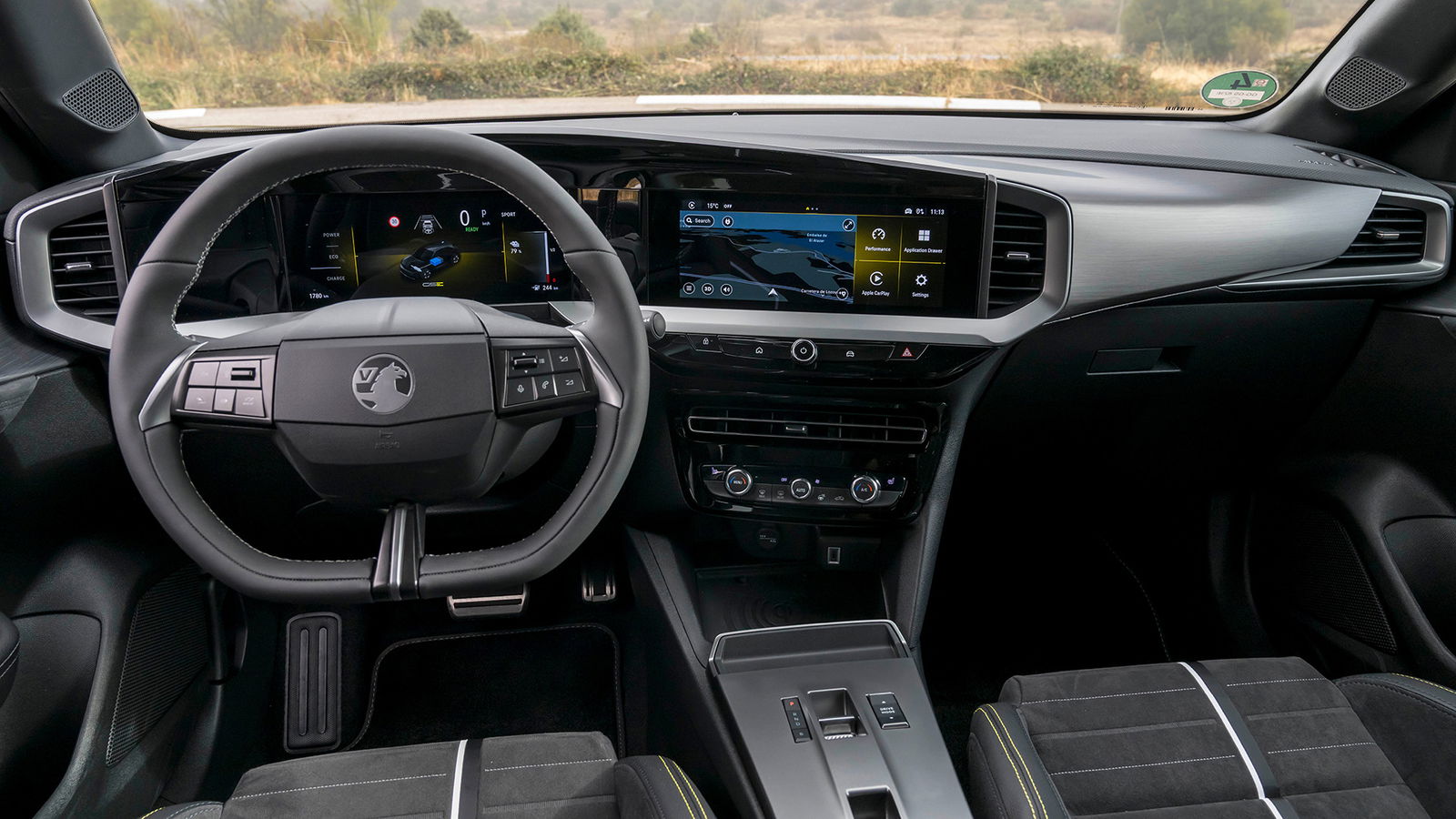
Neither is the absence. Vauxhall has elected not to follow Abarth with its silly sound generator, relying solely on the faint whine of the motor. While the Abarth system has its flaws, it’s at least fun – something the Mokka ultimately ends up lacking as a result.
Which leads us to the biggest problem the Vauxhall Mokka GSE faces. Who buys one over an Abarth 600e, if you’re in the market for a silly electric crossover? The 600e does very much the same thing, just a little more exciting.
Price may be one reason. At RRP, both the Mokka commands a £36,985 asking price, which undercuts the equivalent 276bhp 600e Scorpionissima by around £3k. Also worth pointing out that at the time of writing, the Vauxhall is eligible for the Government’s Electric Car Grant, which drops its purchase price to £35,495.

Given for that price, you’re also getting adaptive cruise control, the full suite of infotainment tech and some neat extras like heated and electric seats, we think it’s a fair deal.
Realistically, we suspect most buyers will be looking to get into a Mokka and want a top-spec car, as opposed to comparing it against the direct rivals. They’ll probably see its 20-inch wheels, sportier bodykit and two-tone paint and decide that’s where they want to spend their monthly PCP payments.
Compare it with the direct competition, though, and we’re not convinced this is the one to have. It’s a decent effort, but it could be more fun still.
The stats
Engine: Front-mounted single motor
Power (bhp): 277
Torque (lb ft): 252
0-62mph: 5.9 seconds
Top speed: 124mph
Weight: 1597kg
Starting price: £35,495 (inc. Electric Car Grant)



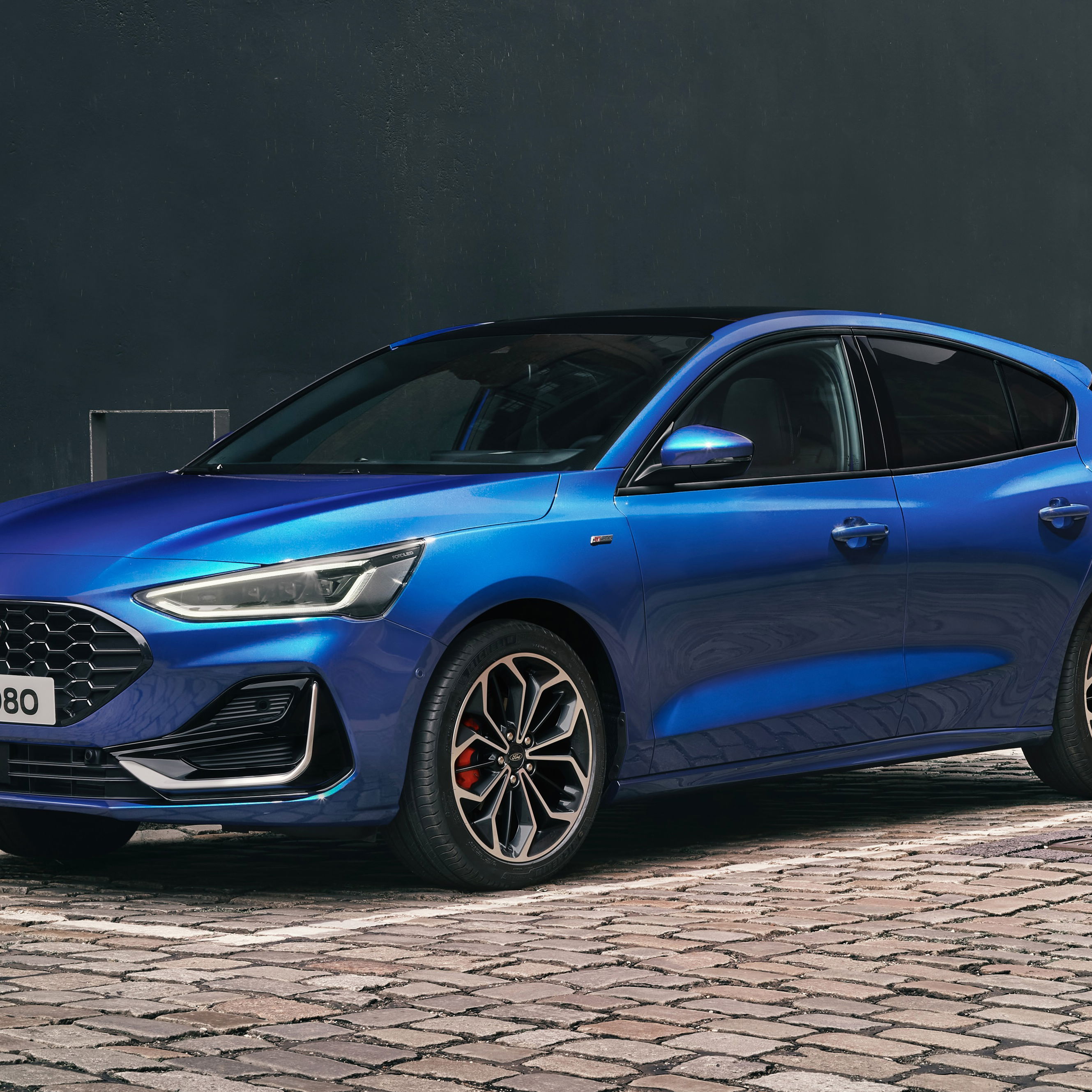
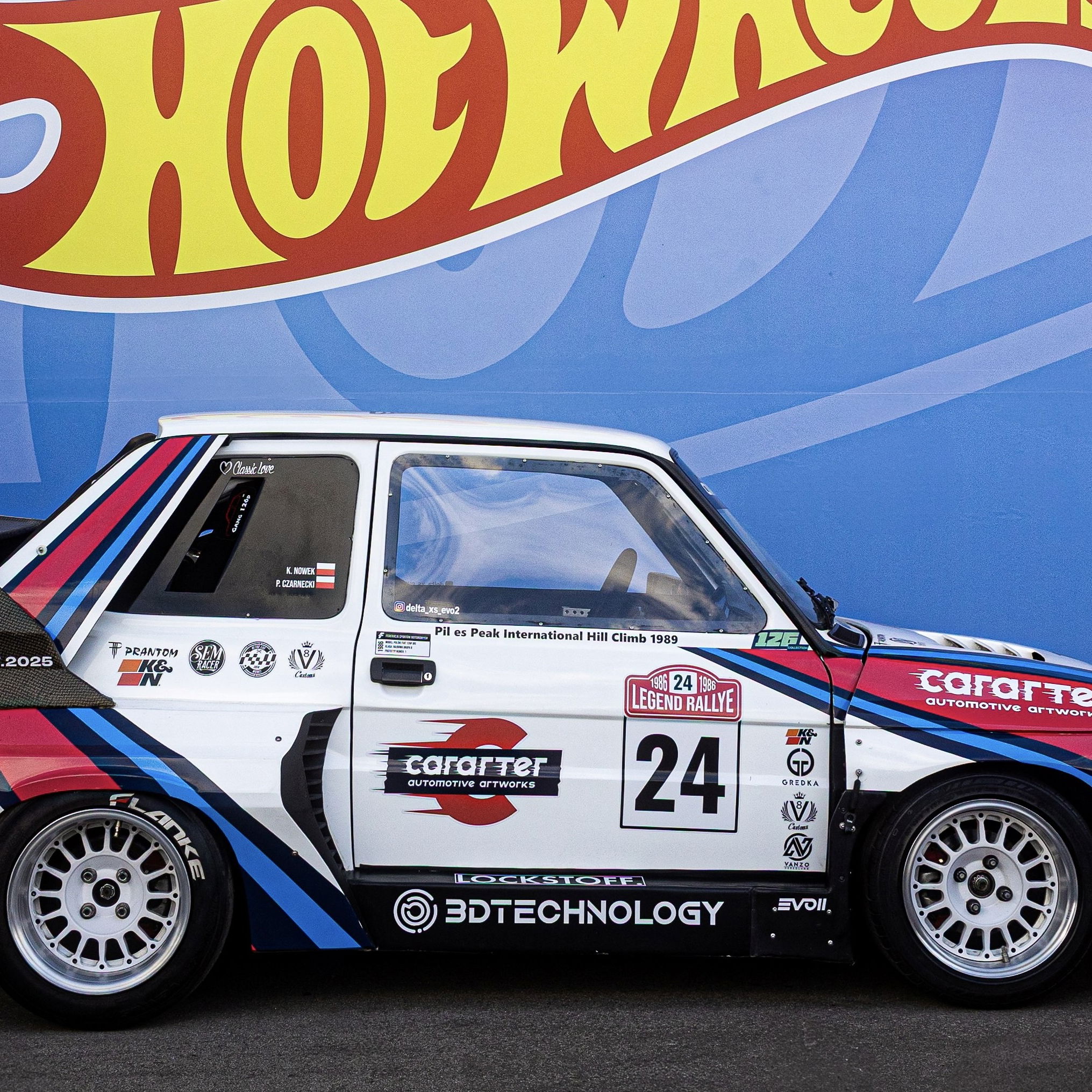
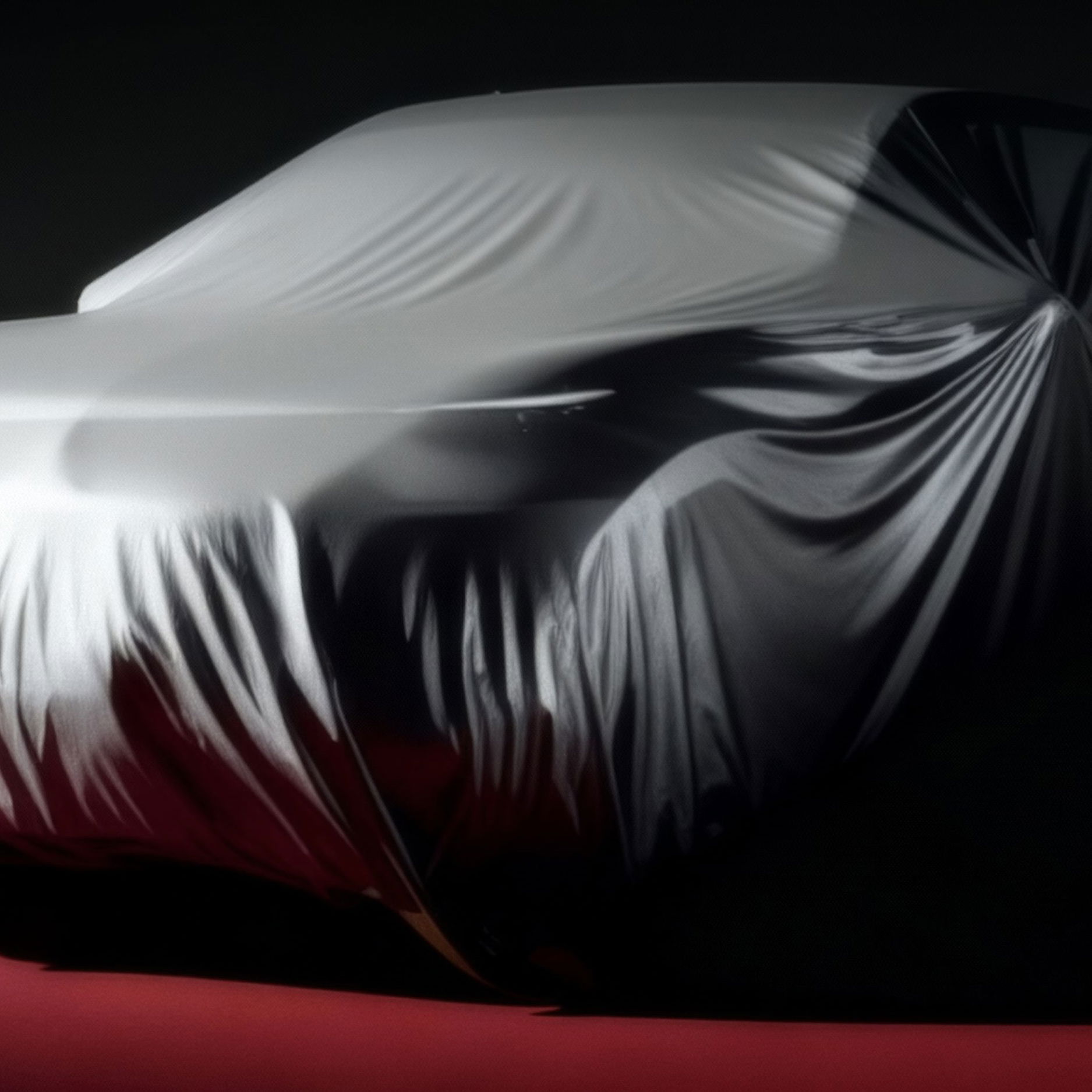
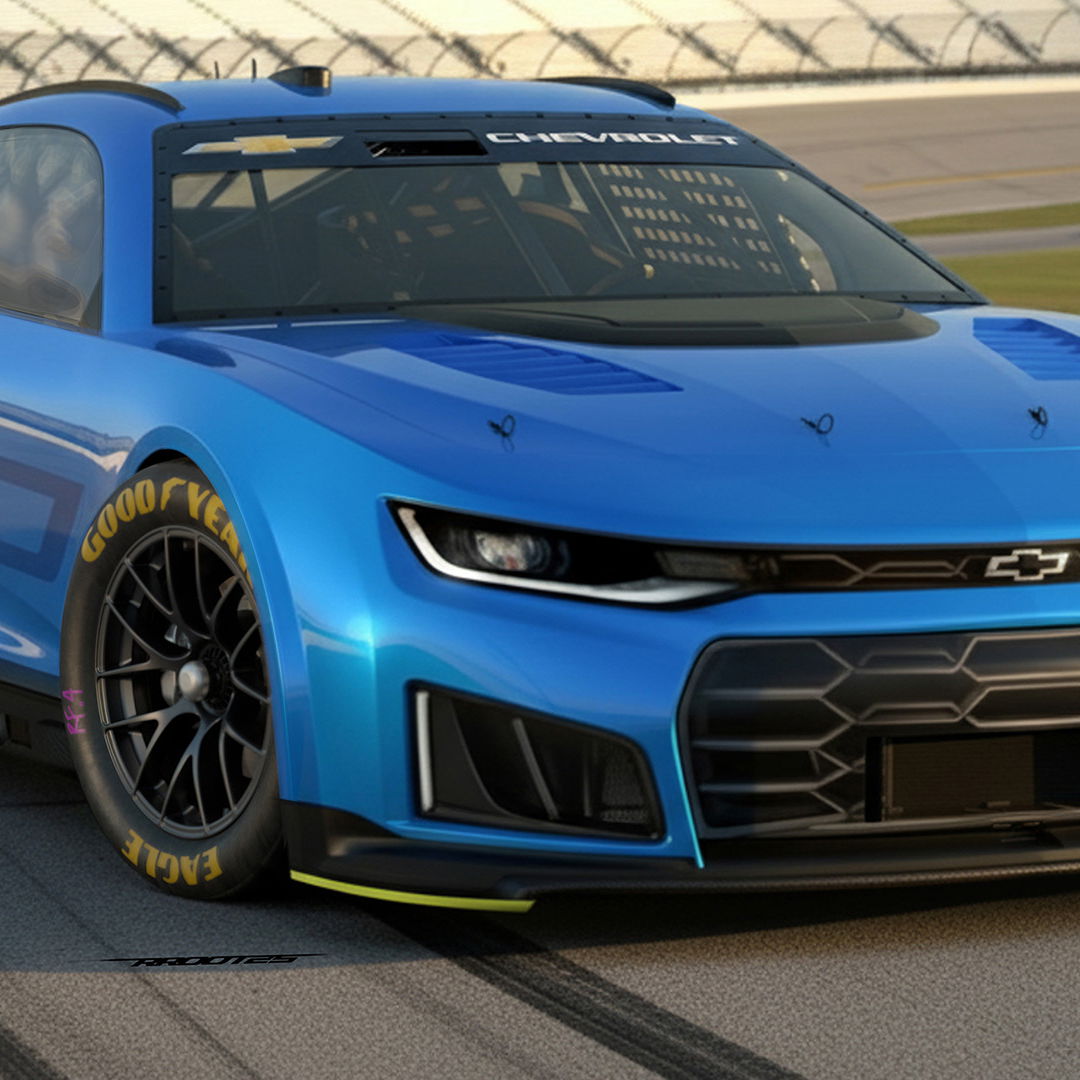


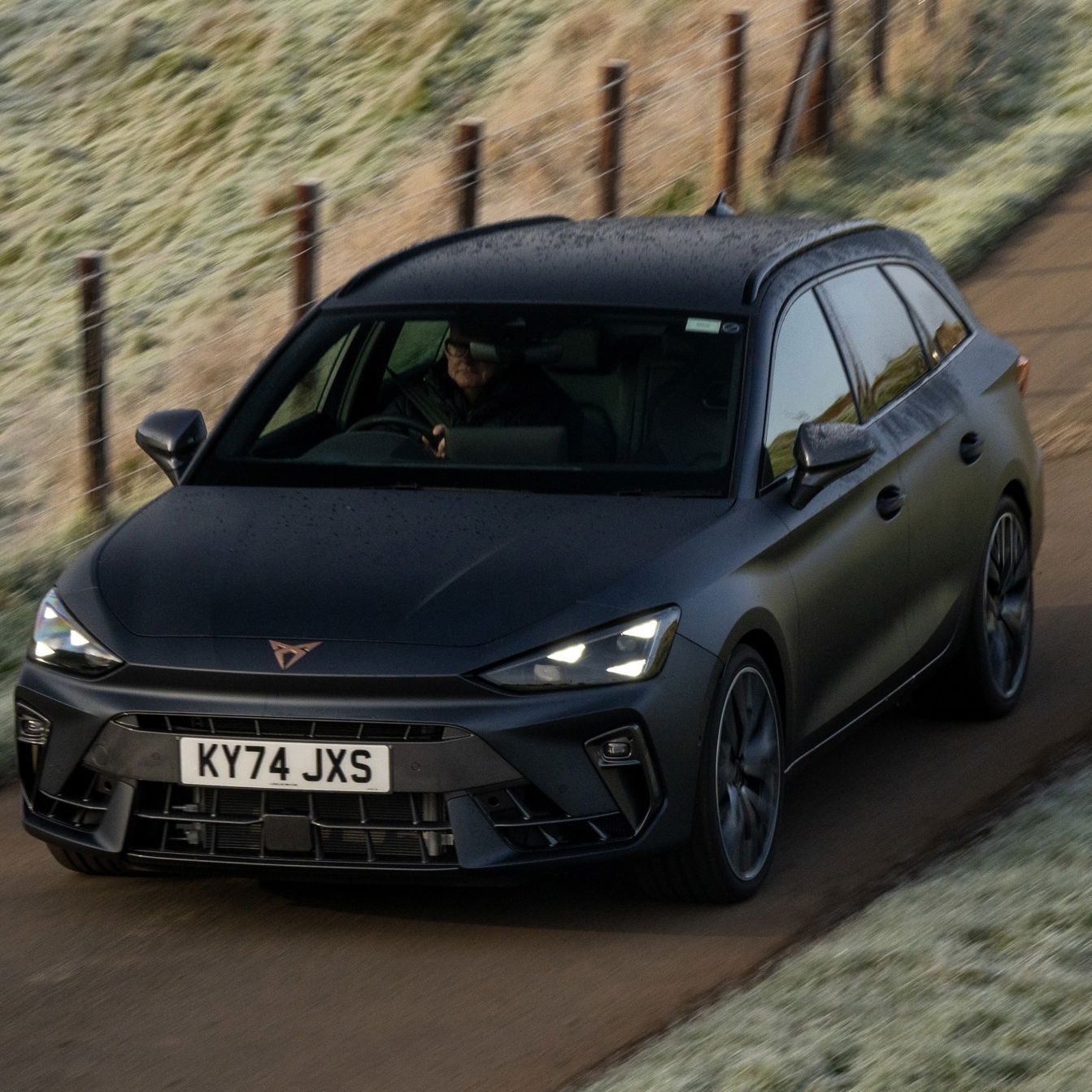




Comments